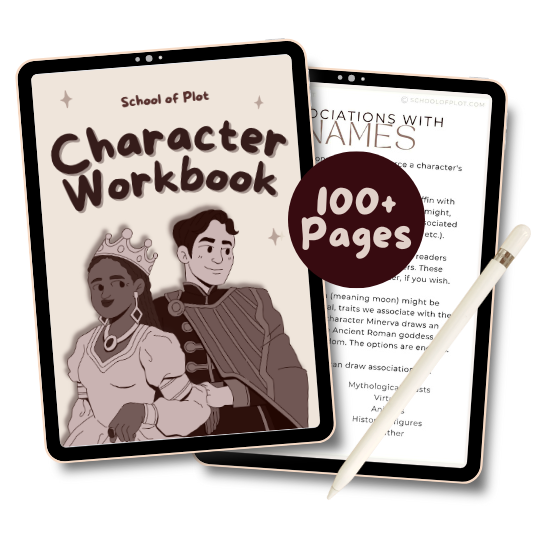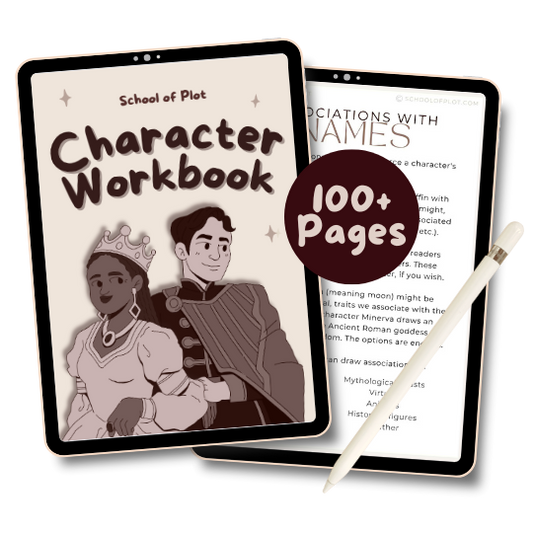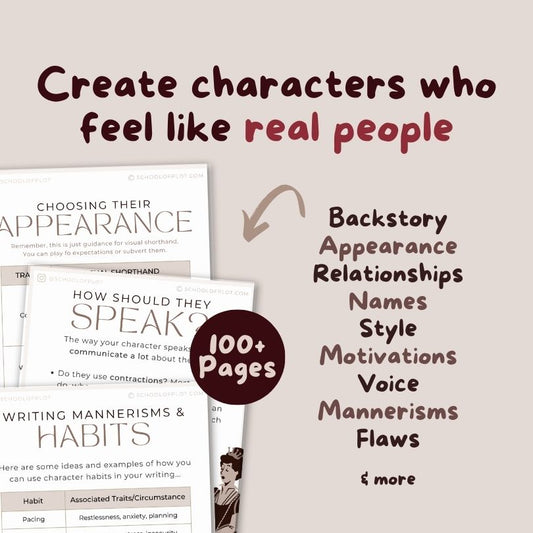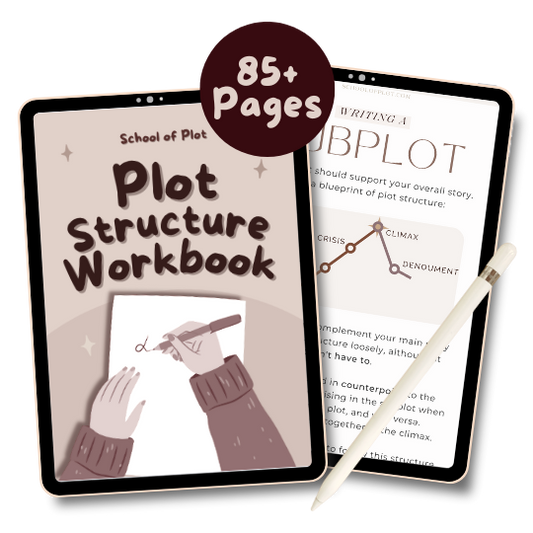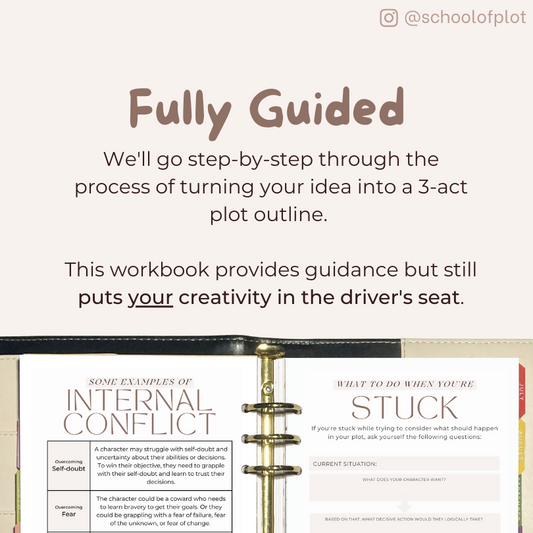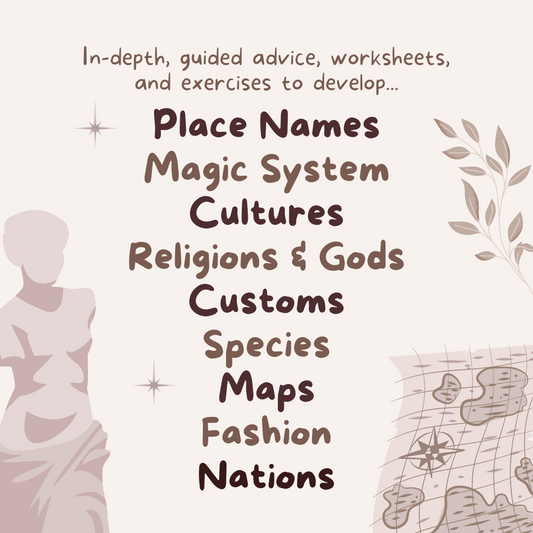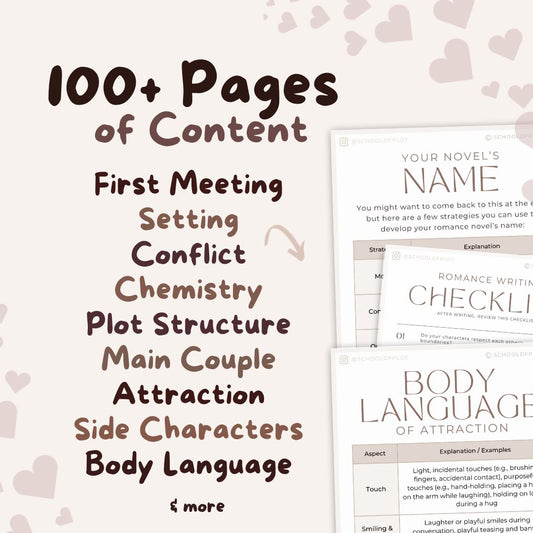Ah yes, torturing readers, your favourite hobby! Here are some tips about how to create fear in your writing - applicable to writers of horror and beyond.
Stay in the Uncanny Valley (If You Want)
Make it so that something is not quite right, but it’s not so gory and wrong and alien that it slips beyond the realms of plausibility. I would never tell you to avoid 600-tentacled Lovecraftian monsters, but if you’re doing that, do it well. Don’t let it get cartoony if your goal is to frighten.
An easy trick is to make your monsters resemble things that humans are hard-wired to fear like death and disease. This is why so many monsters/ghouls resemble long-dead corpses with pallid faces, sunken eyes and bared teeth.
Twist Something Normal & Pleasant
Use contrast to emphasise horrors. If your readers are fed nightmare after nightmare, the horrors lose all their impact. Instead, twist beautiful settings (sunlit flower fields, quaint little villages) or beautiful moments (a budding romance, a sibling reconciliation).
Place horrors between moments of levity. Distort the beautiful. Take a moment in a conventional plot structure where readers expect joy, and surprise them with horror.
Let Them Know Something Your Character Doesn’t
This technique is called dramatic irony. It’s when readers learn something significant before the characters do. The characters may think they’re having a picnic in a field but the reader was told that they’re actually sitting on an ancient, cursed burial ground where people get sucked into the soil.
The characters are having a fine old time, but the reader spends the whole scene dreading the ol’ ground-suck. This creates tension and a sense of foreboding. Nice and spooky.
Immerse The Reader
The more immersed they feel, the more tangible the danger feels. Describe vivid settings (I’ve got a free immersive settings cheat linked in my bio) and engage the senses. If you have a point of view character, describe their body sensations.
Is their throat tightening? Is their pulse thundering in their temples? Really put the reader in the character’s body.
This is why a lot of horror is written in the second person (e.g. “You go to the house”). You don’t have to do that, but just make sure the reader is deeply immersed.
Get Readers to Care About Your Characters
If your characters are cartoonish or flat, readers don’t care so much if they get turned into monster bait. But if my favourite character is in danger? I’m flipping those pages until 3AM.
Spend some time creating realistic, fleshed-out characters who are neither absolute saints nor irredeemable sinners (or worse: boring). Create someone we love, then dangle them in front of deadly danger. (Too many Ds).
Learn to write consistent, realistic characters with the Character Workbook.
